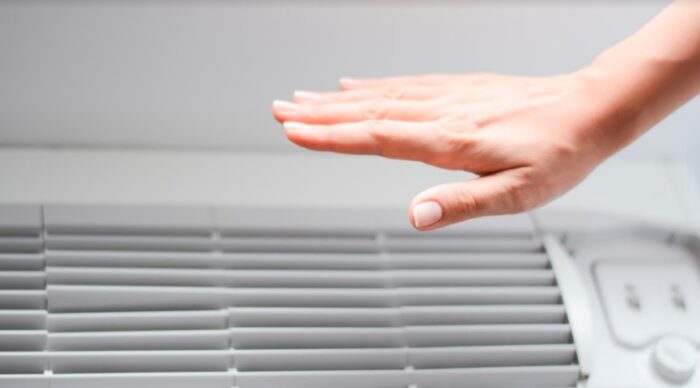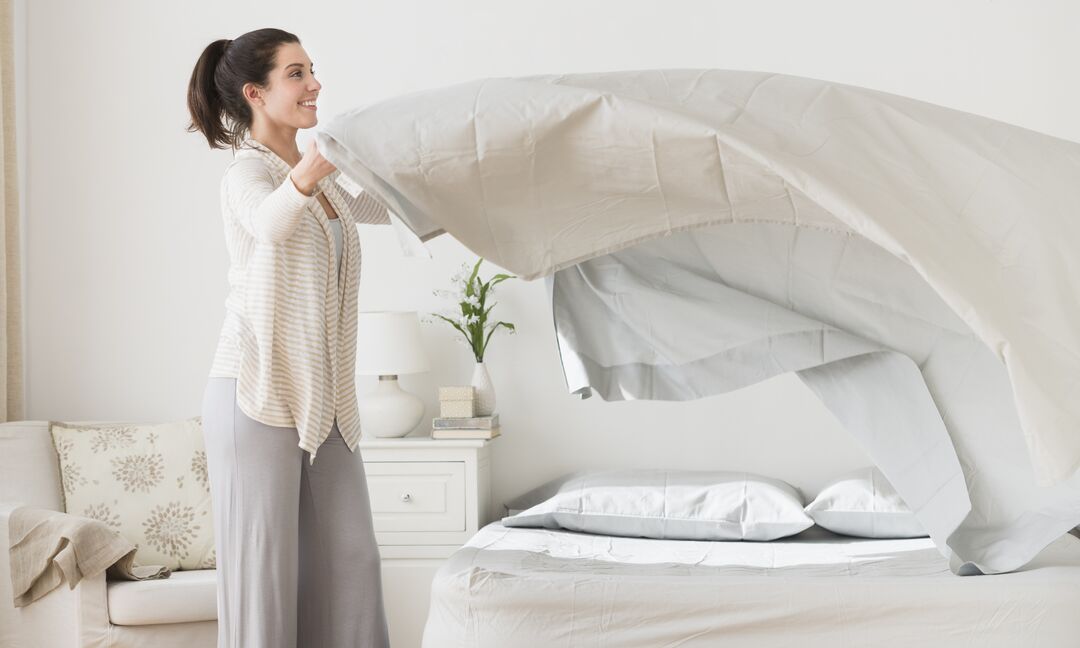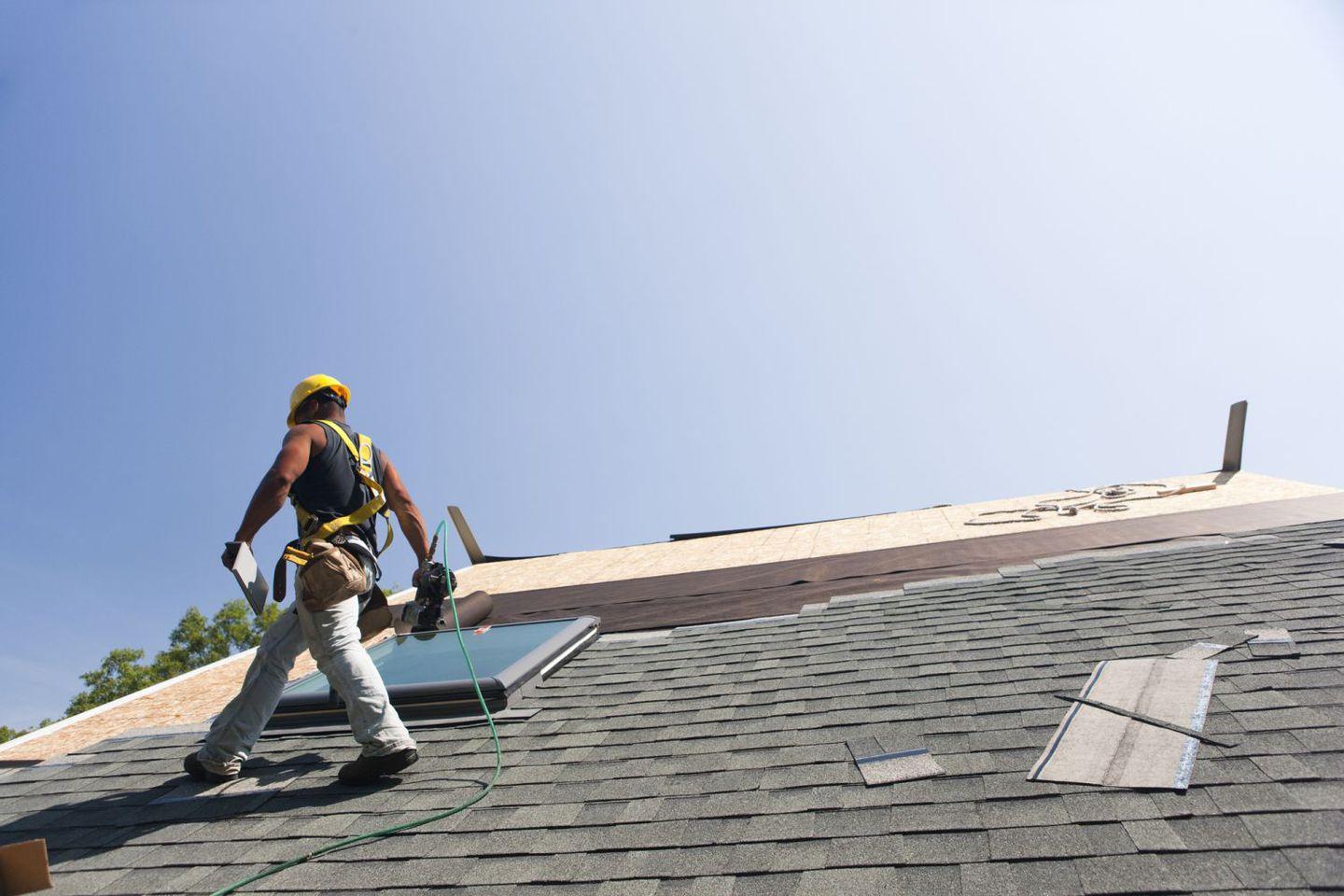A good air conditioner will always be essential in keeping any indoor space comfortable. This especially rings true in areas that have a hotter climate, with some areas even becoming dangerously hot in dry seasons. But how often do you notice that your AC isn’t blowing air that’s cool enough to change the room temperature?
In most cases, you’ll just call a technician, right? The problem is, getting hold of professional technicians is sometimes difficult and may take you ages. What can you do then? Well, the good news is, air quality issues are something you may be able to fix yourself with just a few simple steps.
However, you must also keep in mind that more complex repairs are best left to professionals. So if the simple tips below don’t fix your AC’s air quality, just leave it and call a professional HVAC technician instead.
1. Remove And Prevent Ice Buildup
One of the things you might notice when your air conditioner isn’t functioning properly is ice buildup, which is a sign that something’s wrong. Most importantly, this shouldn’t be taken as a sign that your air conditioner is too cold just because there’s ice.
Ice buildup on an AC unit shouldn’t be ignored, as there could be multiple underlying issues. What you can do first is a basic cleanup, and be as thorough as you can. If the issue persists, contact a technician to help resolve the issue. Discover here what other AC issues require a professional technician.
2. Clean Or Replace The Air Filter
When you have an AC, you should always make it a point to check the air filter every few months. If your air filter needs cleaning or replacement, check the unit’s manual first and look for the recommended ways to do it.
Aside from filtering dirt and microorganisms, air filters also help maintain the operation of the unit. When it gets clogged and dirty filter, airflow will be obstructed and can lead to multiple issues such as iced coils, uneven temperatures, and allergen and dust buildup, all of which can contribute to early wear and tear of the whole unit.
Check your air filters regularly and clean them if needed. Most manufacturers recommend replacing filters every 6 months, although it may vary across brands. If the coils themselves are dirty, make sure to clean them as well.
3. Check The Thermostat
The thermostat is like the brain of AC units. It’s the control center that regulates the temperature and instructs the units when to turn on or turn off.
Sometimes, owners blame the entire unit when the issue is just the thermostat. If your AC is not blowing cool air but the filter is in good condition, check the thermostat. It could have been set at a higher level, which will limit the coldness of the system.
When it’s set to a fan mode, which disables the condenser, it’ll only blow air at room temperature. Simply changing the settings to automatic can fix the issue. If this is something you need to figure out, check your manual to see how to do it either through the remote or directly from the unit.
4. Clean The Outside Unit
The standard air conditioner is divided into outside and inside units. The outside consists of the condenser, while the inside consists of the evaporator.
The evaporator’s responsibility is to extract hot air from the room. Then, the air is transported to the condenser, where the air is cooled down, then returned to the inside unit, to be blown into the room.
If the outside unit is dirty, it’ll no longer be able to efficiently turn hot air into cold air. If you can’t clean it, just schedule it with a technician. Technicians also offer a more thorough cleanup that often includes the inside unit as well.
5. Observe For Low Refrigerant Levels
Refrigerants are the fluid that cooling systems use to create colder temperatures. These don’t go bad over time. However, the common issue is the durability of the compartment that holds it. Since small leaks will slowly drain coolants, which reduces the unit’s ability to cool, lower levels can result in ice buildups or broken condensers.
If you do notice some tell-tale signs of coolant leaks, call a technician. Technicians have devices that measure the amount of refrigerant left, and can easily confirm your suspicion. Depending on what they find, it may be just a simple matter of patching up leaks and refilling the system.
However, in some cases, the air conditioner will slowly reduce its ability to maintain the temperature it’s set to, and just randomly fail, which often happens in older units. However, this can be avoided with routine maintenance and check-up for your system, which is recommended right from the beginning. This may help prevent future breakdowns from happening out of nowhere.

6. Clear Drain Clogs
The basic science behind an air conditioner’s ability to blow cold air lies within the condenser. As it condenses the hot air and reduces it temperature, it also removes moisture or humidity, which in turn accumulates into water.
The accumulated water is typically drained through the system freely, while some use a hose to guide the drain into specific spots. To check for problems, inspect the water pathway for any signs of clogs that may prevent water flow, and subsequently create a pool of water that attracts dust and mold to the system.
If you can open the outside system, locate the hole where the water is expelled, and wipe it down with a cleaning agent and water. If you find it difficult, you can contact a technician or a licensed AC cleaner to do it for you.
7.Inspect The Electronic Control Board or PCB Assembly
As soon as you have determined it isn’t a hardware issue that can be remedied by cleaning, you can safely assume it’s an electrical issue.
In most electrical issues, the problem is usually a malfunctioning Electronic Control Board or PCB. However, this is a more complex issue that can only be fixed by professionals. But before you contact one, try to open the system and look for visible damages that may help narrow down the issue. This could range from a burnt board to corrosions caused by refrigerant leaks. When you find something, mention this to the tech you’ll be in contact with so they can come prepared.
Conclusion
Air conditioners offer the best relief you can get on the hottest days. But when it starts blowing warm air and you can’t get hold of a technician fast enough, a careful attempt at simple fixes might just do the job for you. In most cases, parts of the unit just need proper cleaning, which may also help to save you from the costs of professional services. However, you should also be able to have a good judgment when your unit needs a more complex repair, which only a licensed tech can do.






